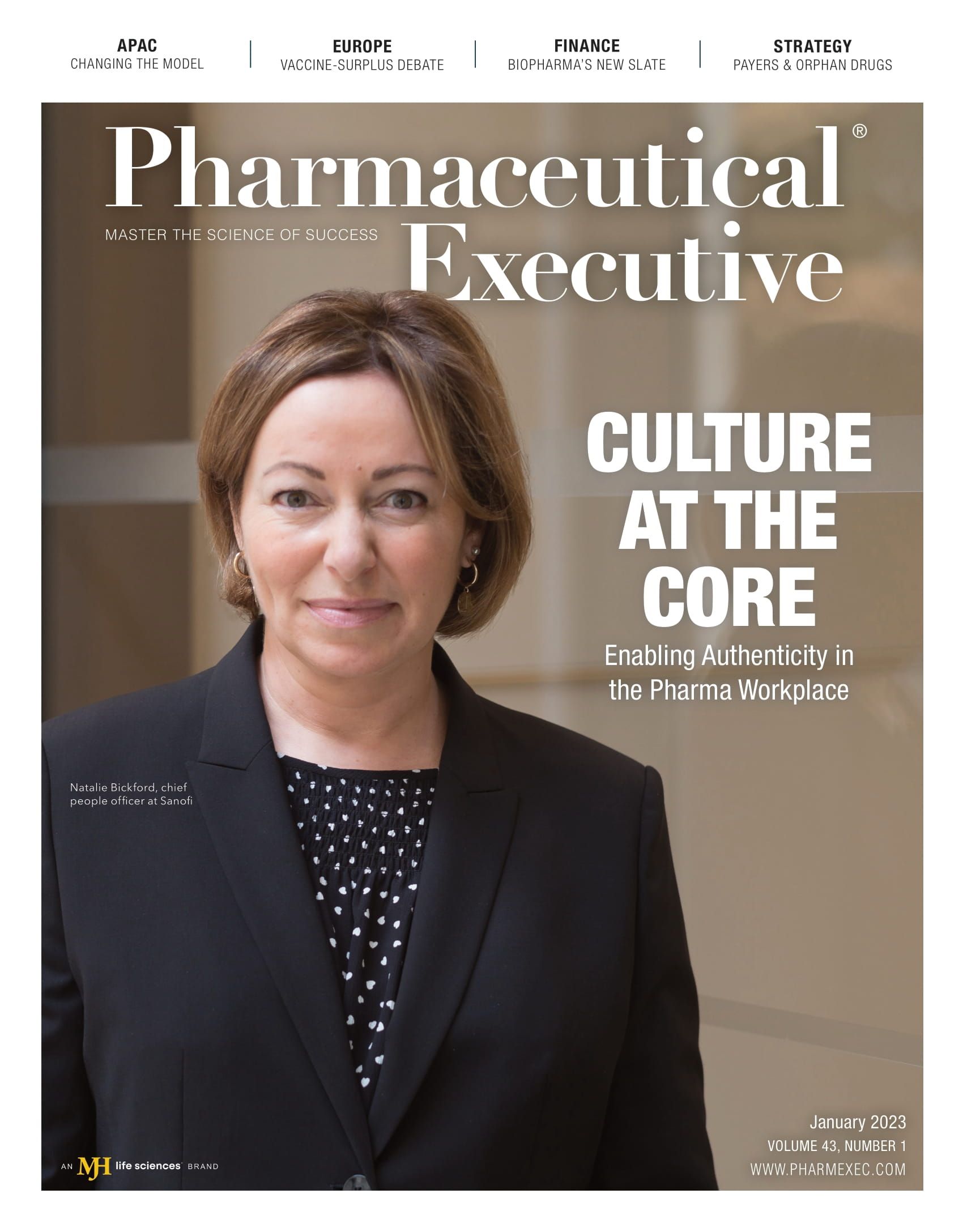Co-creating New Innovations
Pharma companies are teaming with academic institutions earlier in the R&D process.
The ways that academic institutions are partnering with the life sciences industry are changing. While the two groups have a history of working together, the ways in which they approach these partnerships have evolved. Traditionally, academic research focuses on early-stage research with the goal of getting the results published in prestigious journals; meanwhile, life sciences companies focus on research that will improve patient outcomes with the goal of bringing a product to the market.

In a conversation with Pharm Exec, Chandra Ramanathan, global head of innovation hubs, Danaher Corporation, and a Pharm Exec Editorial Advisory Board member, explains how the dynamic is changing. The catalyst for this is a new understanding of the importance of innovation.
“Traditionally, universities were the source of innovation,” says Ramanathan. “Typically, the way that innovation gets translated, gets into a company, and then makes its way to [a] product is when an early adopter of that innovation gets acquired by a larger biopharma company. Another way, however, is for a biopharma company to work with an academic institute to co-create something.”
Larger companies are looking to be in at the ground floor of innovation. This means partnering with academia earlier in the process. Ramanathan explains that there are several reasons for this. This new mindset is replacing the old method of relying on mergers and acquisitions to bring new innovations to companies.
The downside of waiting for innovations to be developed and mature and then incorporating them is that other companies take notice as well. This creates more demand, making it more difficult and expensive. There are also situations where companies find themselves locked out of benefiting from certain types of innovation.
But it’s not just a drive to co-create and have ownership of new innovations that are pushing these partnerships forward.
“If you look at what’s transforming healthcare,” says Ramanathan, “one thing is that we use the word ‘cure’ much more than we did in the past. The focus is on treating the root cause of the disease, not the symptoms. Another change is a focus on prevention and early detection. So, when you look at some of the genomic medicines being developed, the way it’s being administered is happening in an academic setting. This brought academia closer to the product and more important to life sciences companies. Many major academic medical centers are developing these capabilities internally.”
The increased interest in cell and gene therapies (CGTs) is also making academic partnerships much more attractive. These institutions can do the translations and proof of concepts in-house, meaning that a lot of the value can already be captured at a much earlier stage.
According to Ramanathan, a big reason why these CGTs are seeing more attention is that technology has finally caught up to the science. Researchers have been studying the human genome for decades, but technology has finally become advanced enough to start developing cures based on that research. Since CGTs require innovative techniques to develop, pharma companies are looking more and more to partner with academic institutions.
There are also benefits for academic institutions. While these entities may have a stronger track record when it comes to innovation, life sciences companies often have a more focused approach to research. Ramanathan describes this focus as being targeted directly at meeting an unmet patient need.
The result is that academic institutions are benefitting from a sharper focus, while life sciences companies are getting involved in the research and trials early enough in the discovery process to still have more freedom and help co-create new innovations.
Ramanathan believes this trend will continue to grow in the coming year. While the current conditions are proving fruitful for both academia and life sciences companies in a variety of ways, there’s one main reason that he says they will continue. That reason is these partnerships are helping to translate new scientific discoveries into methods that have a positive impact on patient needs, which Ramanathan describes as the “true north” of the life sciences field. As long as these partnerships are benefitting patient needs, they will continue to grow.
Mike Hollan is Pharm Exec’s editor and can be reached at
mhollan@mjhlifesciences.com.

Regeneron, Roche Launch Major US Expansion Plans to Meet Growing Demand for Biologics and Innovation
April 22nd 2025With combined investments exceeding $53 billion, both companies are deepening their US presence through expanded biologics production, gene therapy capabilities, and next generation R&D centers.
Cell and Gene Therapy Check-in 2024
January 18th 2024Fran Gregory, VP of Emerging Therapies, Cardinal Health discusses her career, how both CAR-T therapies and personalization have been gaining momentum and what kind of progress we expect to see from them, some of the biggest hurdles facing their section of the industry, the importance of patient advocacy and so much more.